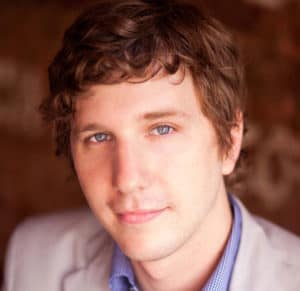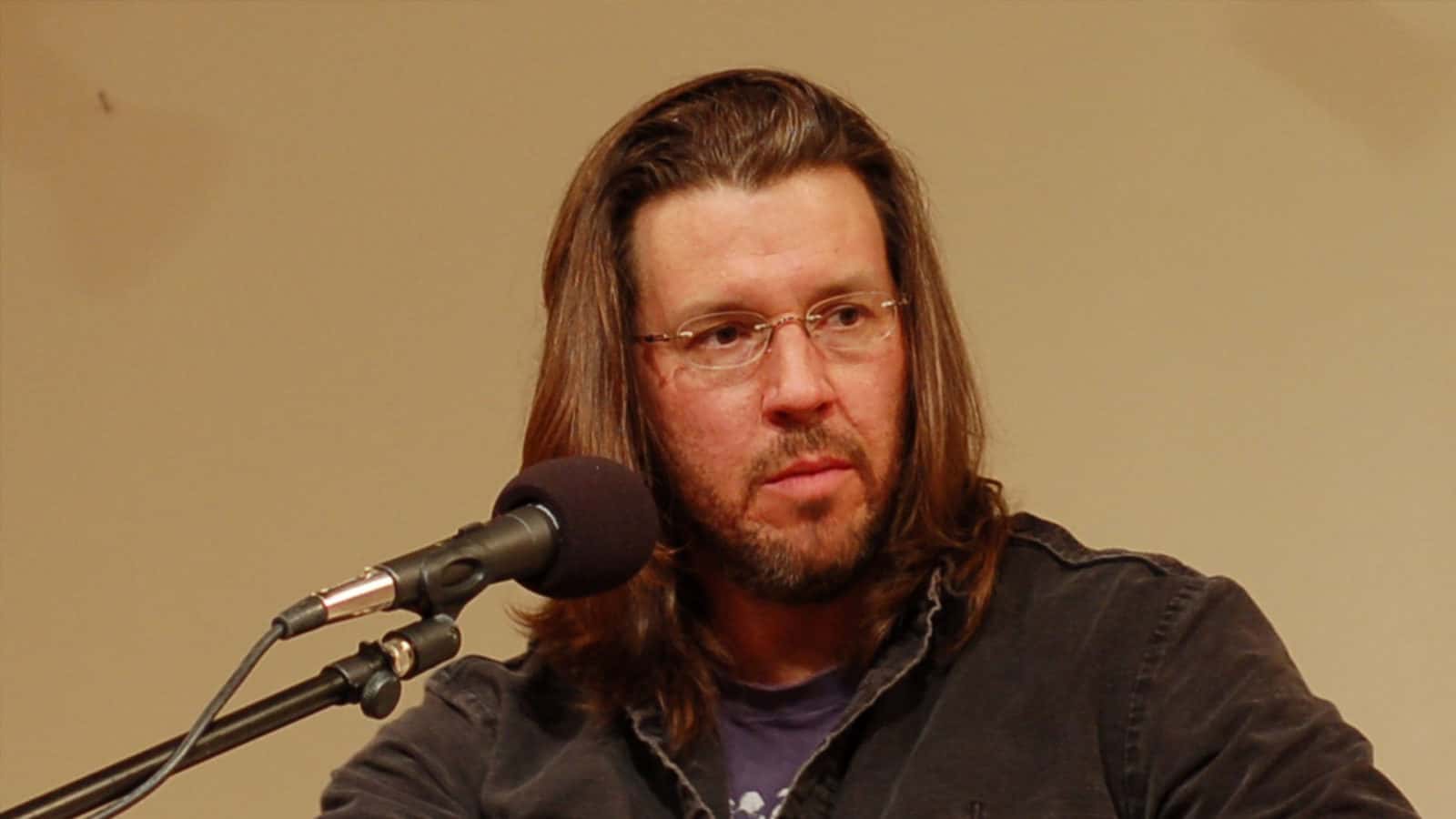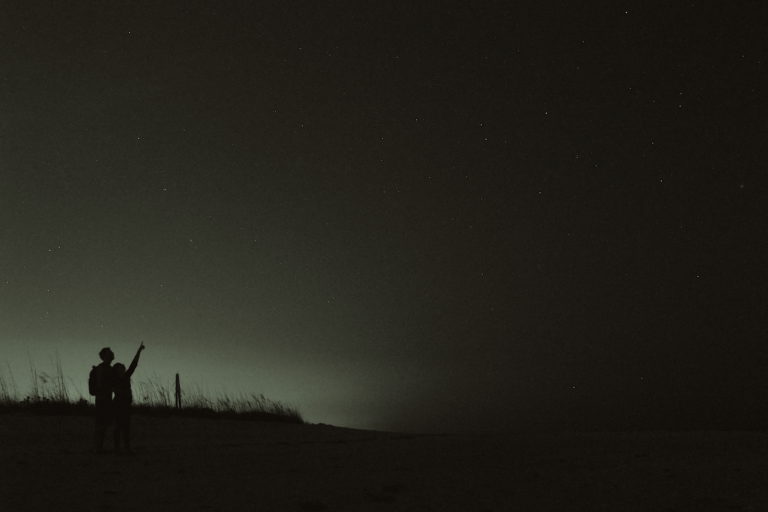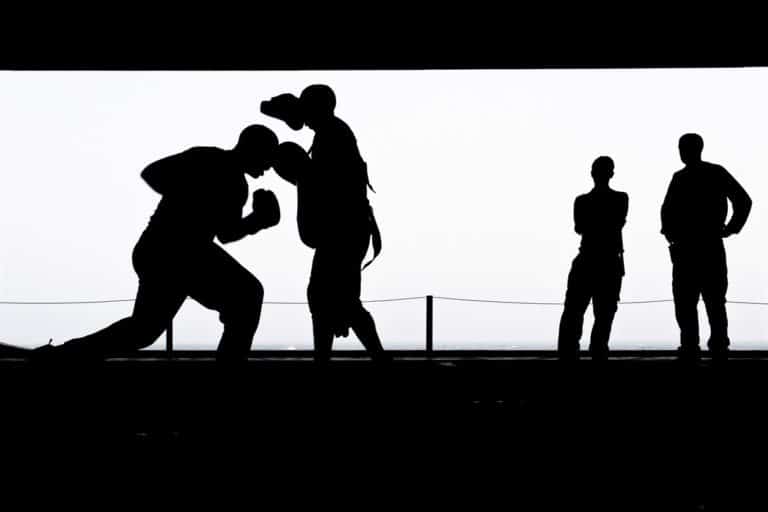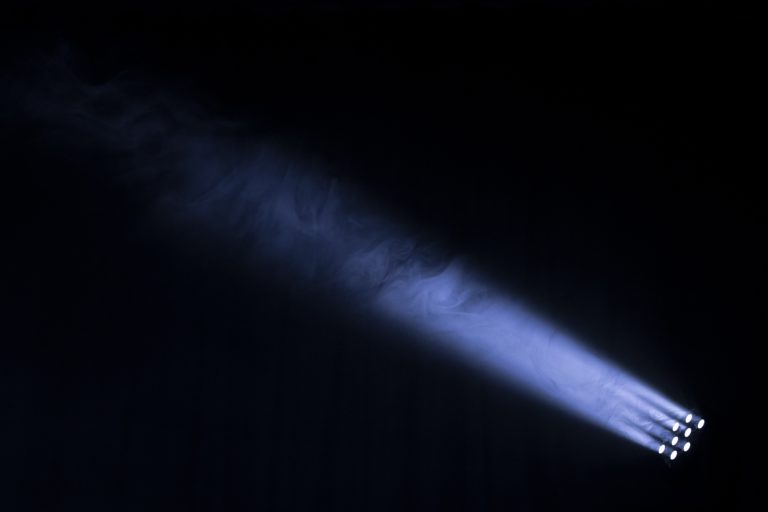In a 1998 essay called “The Nature of the Fun” author David Foster Wallace illustrated a bind that many writers find themselves in—certainly one I’ve been caught in now and then.
Writing, which starts out as an act of inventive and rebellious fun, soon becomes something we take semi-seriously, and over time we begin to treat it as a kind of work.
“Write every day,” my teachers urged me, as I now urge my own students.
So, we compel ourselves to the page day after day. If we’re lucky, we share some of it with others, and if we’re really lucky, they like it. The praise is motivating; we work even harder. What about the next thing? Sooner or later someone doesn’t like what you’re doing. No problem. We can fix it. We try harder. We edit our stuff and rethink our ideas and stress out and kill our darlings until what’s left flatlines. Before long we’re having very little fun at all.
And from here it can be very hard to remember why we first fell in love with writing.
Wallace describes that original pleasure. “You don’t expect anybody else to read it. You’re writing almost wholly to get yourself off. To enable your own fantasies and deviant logics and to escape or transform parts of yourself you don’t like.”
As a child, I’d occasionally be confronted by some adult about my sitting inside, scribbling in a journal on a perfectly lovely day. It must have seemed like I was terribly bored when it was just the opposite. Lifting up my journal, I’d make my best case for its superiority over the perfectly lovely day.
“In here there are dragons. Out there? No dragons.”
But steadily most of us are drawn out into the world, and this isn’t all bad, because despite its lack of dragons, reality turns out to contain lots of interesting things and people and places. Big, important things are going on: politically, sexually, historically. We may discover that our writing can say something important and even be taken seriously by people who read it.
Of this phase, Wallace writes, “…things start to get complicated and confusing, not to mention scary. Now you feel like you’re writing for other people, or at least you hope so…The motive of pure personal starts to get supplanted by the motive of being liked, of having pretty people you don’t know like you and admire you and think you’re a good writer. Onanism gives way to attempted seduction, as a motive. Now, attempted seduction is hard work, and its fun is offset by a terrible fear of rejection.”
At this point we find ourselves with seemingly few options. To retreat into writing solely for our own amusement now feels frivolous. To go on worrying about everyone else leads down a path of ego and vanity that results in what Wallace calls “shitty fiction” that must be “fed to the wastebasket.” Even if we somehow manage to write good stuff, the job becomes largely fun-free.
Wallace nails the predicament in this part of the essay, but the road map out of it isn’t totally clear.
He urges us to embrace the paradox. To find our way back to the fun we must push through the “late vain period,” which is actually good experience, because we’ll be anxious to avoid it ever again.
“It has something to do with Work as Play,” he suggests, a little vaguely.
He describes how, if we discover the joys of “disciplined fun” and write truthfully about all those “unfun” things that we’d ordinarily want to write to escape from, we’ll connect with people who feel these same things. “This process is complicated and confusing and scary, and also hard work, but it turns out to be the best fun there is. The fact that you can now sustain the fun of writing only by confronting the very same unfun parts of yourself you’d first used writing to avoid or disguise is another paradox, but this one isn’t any kind of bind at all. What it is is a gift, a kind of miracle, and compared to it the rewards of strangers’ affection is as dust, lint.”
*
Well. I wish that I could say that this uplifting assertion has shown me the light and that after lots of hard work I am now perpetually awash in the miracle of affection-lint, having mega-fun all the time, but the truth is that whatever I do, I still strain to tune out the imagined opinions of others, and to remind myself that what I’m doing is supposed to be fun—even if a disciplined kind of fun.
What’s more, most writers I know seem to feel this way too. And, I’m not sure that Wallace wrote those words based on his own Zen-mastery of Work as Play—at least not initially.
In 1993, five years before Wallace published “The Nature of the Fun” in Fiction Writer, he used the bulk of it in an introduction to an excerpt of Infinite Jest for Conjunctions Magazine. (He called the excerpt simply, “From Quite a Bit Longer Thing in Progress.”)
In that introduction, he continued after the “dust, lint” line.
“All this is completely smart and true, I think. The trouble is that one doesn’t come to see this stuff by sitting in a chair blowing smoke rings and meditating his way toward epiphany.”
*
Infinite Jest, as many already know, ended up being a famously difficult book. It is about addiction, depression, and a heap of other unfun topics. The book is 1079 pages long, weighs more than three pounds, and contains 388 endnotes. Not footnotes, mind you, because Wallace fought his editor Michael Pietsch, “w/all 20 claws” to force readers to constantly turn back and forth in the cumbersome tome. Ideally one has two bookmarks while reading, to keep track of where they are in each part.
We talk sometimes about writers who make us work hard to understand them, but Wallace made it literal work to read Infinite Jest. And this is partly why it is so fun to read.
Remember Tom Sawyer, out there getting the neighbor kids to whitewash his fence? As long as he can convince them that it is fun, they’ll gladly do the work.
That’s one kind of Work as Play. Sometimes we flip to find an endnote that is barely three words long. Sometimes we find such a long endnote that it is like a hidden, extra chapter. The novel leaps between characters and voices and time periods. It’s philosophical, insane, funny, deeply sad, and totally disturbing. It also surely isn’t for everyone. Lots of people hate it. Lots of people love it maybe too much. (There’s a certain kind of reader that takes such pride in having read it that they go around talking about it forever after.)
I’ll admit freely that it took me something like six attempts over the course of ten years to push through it. I think I still skipped some parts. I understood maybe a third of what I did read. It’s not the kind of thing I ambush strangers about at cocktail parties. But I can say that each time I resumed it, I was reminded of how full its pages are with generous surprises and limitless playfulness, all of which makes reading it incredibly fun, even if it is often hard work.
*
By the time he published “The Nature of the Fun” in Fiction Writer magazine in 1998, Wallace was apparently struggling to relocate the fun all over again. According to biographer D.T. Max, the success of Infinite Jest had left Wallace “‘paralyzed’ by fear of failure” and unsure what to do with all the attention he’d received for it.
Once he’d criticized fellow writer Jay McInerney for “acting as a custodian for the statue of himself that celebrity [had] constructed.” Now he had his own statue to look after.
There’s “a tricky thing about fiction writing,” Wallace wrote in the essay, “A certain amount of vanity is necessary to be able to do it all, but any vanity above that certain amount is lethal.”
A year earlier, he’d written to his hero Don DeLillo that he was feeling frustrated, his work becoming erratic. That, among other things, “writing is also less Fun than it was.”
I find it remarkably comforting that someone who had recently finished a 1,079 page novel ends up right back where any young student does, trying to work out how to write every day.
DeLillo replied that he did not see anything in Infinite Jest that suggested Wallace might be “dying of funlessness” but he conceded that in this way readers and writers experience a book differently. “Where you see fun in my work,” DeLillo commented, “I remember doubt, confusion and indecision, and now experience considerable regret…”
This may have meant something to Wallace— who soon after won the MacArthur “Genius” Grant, and felt more pressure than ever. The most significant change to “The Nature of the Fun” from its first incarnation is the addition of an homage to DeLillo in the opening.
“The best metaphor I know of for being a fiction writer is in Don DeLillo’s ‘Mao II,’ where he describes a book-in-progress as a kind of hideously damaged infant that follows the writer around, […] wanting love, wanting the very thing its hideousness guarantees it’ll get: the writer’s complete attention.”
The trouble is a writer is acutely aware of the hard work that goes into a book-in-progress and so sees the finished product as a still-flawed extension of it. As DeLillo indicated, the things that may seem like fun to the reader, may not to the writer.
Wallace explains that when someone else looks at your work and sees “a lovely, miraculous, perfect, ad-ready infant”, i.e., they actually like it, then either they are a fool, or you are crazy.
But the deeper problem, as he soon points out, is that this means you “see and despise hideousness in a thing you made (and love), in your spawn and in certain ways you” and that this is a “terrible kind of self-assault, almost self-torture.”
The flaws we see in the work are manifestations of the flaws in ourselves. It represents our own shortcomings, confusions, doubts and regrets. These decidedly “unfun” things about ourselves are, as he points out, what we must pursue in order to break through the bind.
*
In 1993, not long before that first version of “The Nature of the Fun” emerged in Conjunctions, Wallace had a conversation with Larry McCaffery for The Review of Contemporary Fiction where he defined what he thought good art should do in dark times.
“…the definition of good art would seem to be art that locates and applies CPR to those elements of what’s human and magical that still live and glow despite the times’ darkness. Really good fiction could have as dark a worldview as it wished, but it’d find a way both to depict this world and to illuminate the possibilities for being alive and human in it.”
This was an idea that Wallace came back to again and again. It wasn’t enough for fiction to diagnose the problem; it had to present a remedy. True to his word, he presents a kind of CPR for us in “The Nature of the Fun,” in encouraging us to acknowledge the hideous flaws and the “unfun” things that are part of what’s human.
This is necessary, hard work. But the fun itself is important as well. Writers stuck in this bind of “work as play” can also write towards what’s magical, what still lives and glows. We can write towards whatever illuminates the possibilities.
It’ll sound frivolous of me to say it, but I’d have loved to read a Wallace story about a dragon. (Hey, Ishiguro did it. Why not?) Or one about little green men, or El Chupacabra, or something set in Victorian England, or on the moon. I lie awake sometimes wondering what he might have written about seeing Jason Segel play him in a movie. How much fun would that have been?
Fun is the remedy. Its nature is to be an antidote to the pain of self-consciousness and seriousness. To write for fun is a rebellious act. It rebels against a society that is continually absurd in its own seriousness. It rebels against our own too-solid sense of self. Fun lets us forget curating our own statues for a day. To knock the thing down and stack the pieces up in some new and different way. Write every day, but once in a while, play around. Be devious. Escape. Transform. Write something that is weird as hell. Somebody may like it, least of all you.
